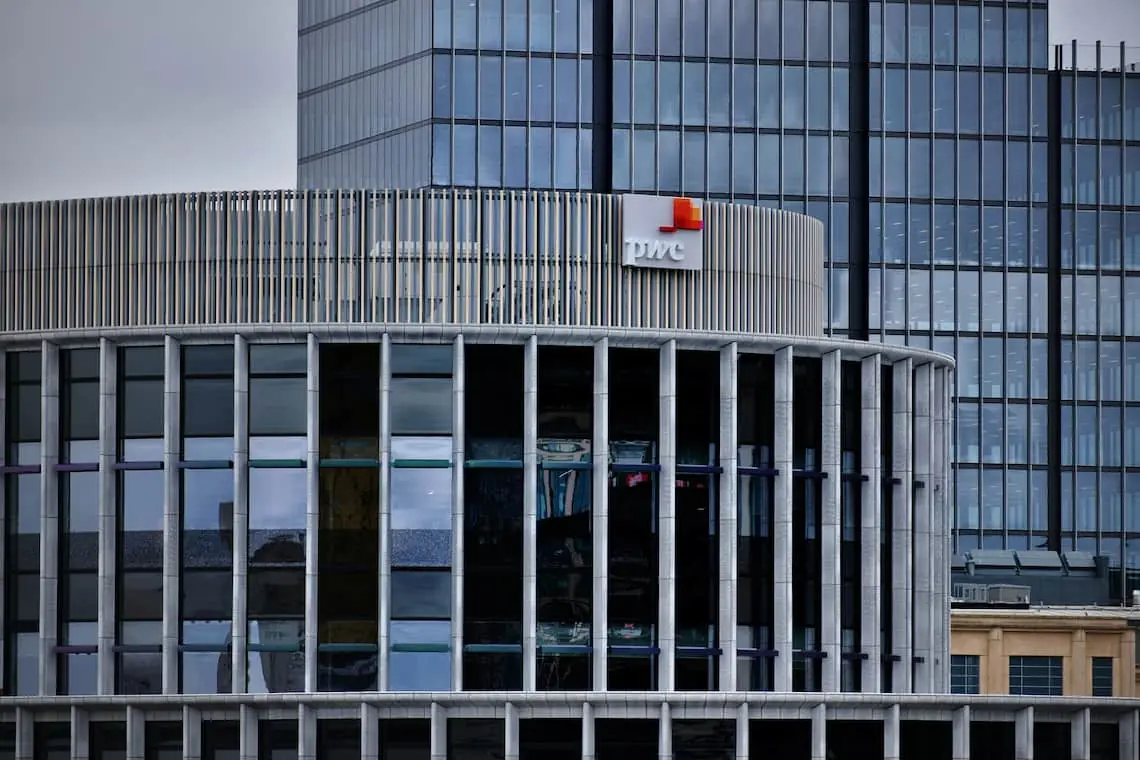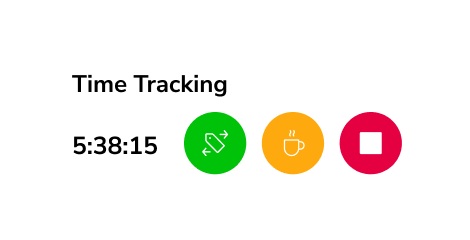PwC UK tightens office attendance with new monitoring system

PwC has tightened its in-office attendance for UK staff through the introduction of a dashboard system that swipes of work passes as well as Wi-Fi network connections, as reported by the Guardian.
PwC, or PricewaterhouseCoopers, is one of the four largest professional services networks in the world, known as the “Big Four” along with Deloitte, EY (Ernst & Young), and KPMG.
The system, available to supervisors since April 2025, is designed to ensure compliance with PwC’s policy requiring staff to spend at least three days a week, or 60% of their time, in the office or at client sites.
Employees falling below this threshold appear as “amber” on the dashboard, while those dropping under 40% are marked “red.”
The data is accessible not only to supervisors but also to business unit leaders and senior executives, including PwC’s chief financial, administrative, and people officers. Employees themselves can view their own attendance records.
Background and Impact of the Monitoring System
PwC first informed staff in September 2024 that their working locations would be tracked beginning January 2025, aligning the policy with how the firm already monitors chargeable hours.
PwC’s 23,000-strong UK workforce has been unsettled by the rollout of the monitoring system, one senior staff member said they had “lost count” of colleagues expressing concern about the system, while others have called for more transparency about how attendance data will be used.
Employees who fail to meet attendance requirements could face sanctions affecting bonuses and performance ratings, though allowances are available for reasons such as illness or family obligations.
PwC is not alone in tightening its hybrid work policy, as its rival Big Four firm, EY, introduced a similar system in early 2024, using turnstile data to monitor office presence.
How the Monitoring System Works
The PwC system cross-references Wi-Fi data with timesheets and HR records to verify attendance, including whether staff are working at client sites.
Senior leaders at the PwC have emphasized that the system is not intended as a “clocking in and out” tool but rather to support what the company calls “empowered flexibility.”
Company Rationale
In testimony before the House of Lords home-working committee, PwC’s UK chief people officer, Phillippa O’Connor, said the system was not a rigid time-tracking device, but a way of ensuring balance between flexibility and the firm’s need for in-person collaboration.
PwC has also pointed to employee-facing features, noting that the dashboard gives staff visibility into their own records so they can better plan schedules.
Despite the stricter monitoring, PwC stresses that it remains committed to offering some flexibility, including its summer policy allowing staff to condense hours and finish early on Fridays.
Related Content
What is Time and Attendance Software?
6 Reasons Why Companies Shouldn’t Use Time and Attendance Software
How to Track and Check Attendance



